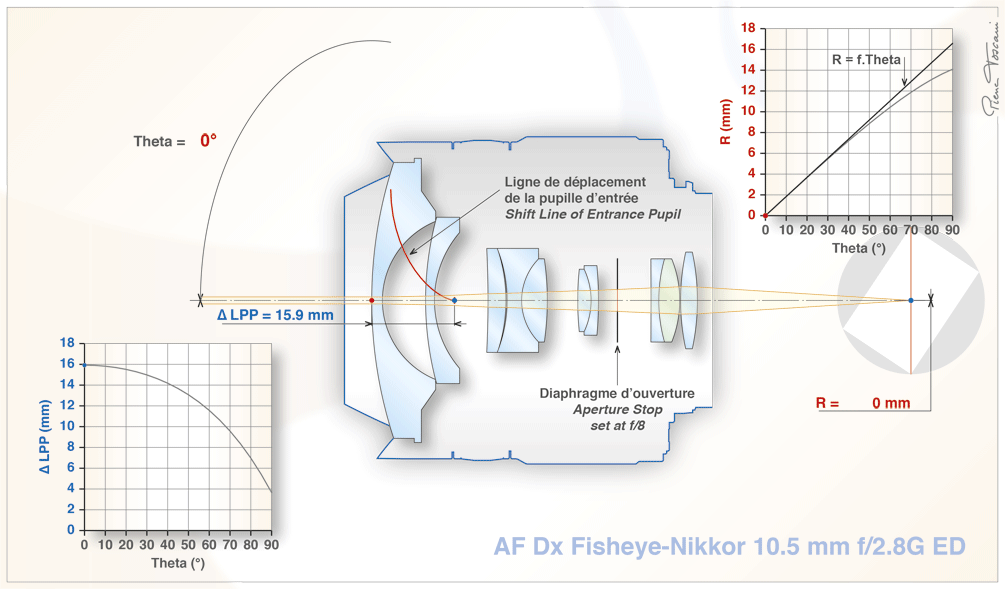Feature request: Show cardinal points and entrance pupil etc on lens drawings
Numerical values for various fundamental parameters that characterize an optical system can be found scattered throughout Zemax in one place or another, if you look hard enough for them. Can an optional overlay be added to identify them on lens drawings. Particularly 1st and 2nd principal planes and nodal points, and the entrance pupil, and exit pupil. Presumably these were not included originally in Zemax because computing power was limited, but they should be easy to add now.
Enter your E-mail address. We'll send you an e-mail with instructions to reset your password.







